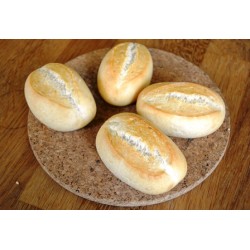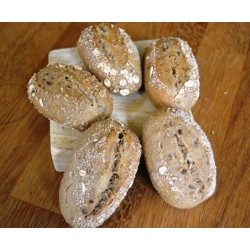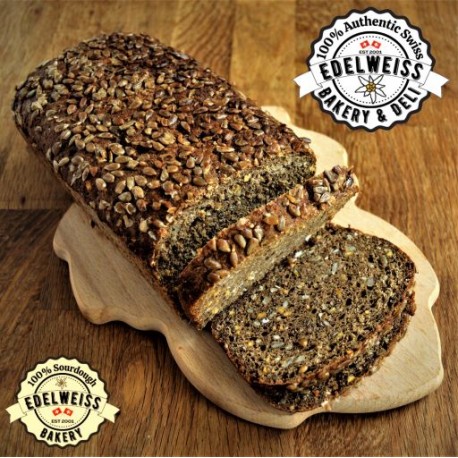- Home
-
Special Offer
-
 Ciabatta Roll
Rp 23,000View More
Ciabatta Roll
Rp 23,000View More
-
 Rustic White Roll
Rp 12,500View More
Rustic White Roll
Rp 12,500View More
-
 Rustic Dark Roll
Rp 23,500View More
Rustic Dark Roll
Rp 23,500View More
-
 Mediterranean Volkorn
Rp 20,500View More
Mediterranean Volkorn
Rp 20,500View More -
 Volkorn Roll with Sesame Seed
Rp 20,500View More
Volkorn Roll with Sesame Seed
Rp 20,500View More
-
 Marinated Chicken Leg
Rp 73,500View More
Marinated Chicken Leg
Rp 73,500View More -
 Marinated Spring Chicken
Rp 64,500View More
Marinated Spring Chicken
Rp 64,500View More
-
- Bakery
- Butchery
- Delicatessen
- Bistro
- Delivery
- Price List Download
0
product
products
No products
To be determined
Shipping
Rp 0
Total
Product successfully added to your shopping cart
Quantity
Total
There are 0 items in your cart.
There is 1 item in your cart.
Total products
Total shipping
To be determined
Total
Nordlaender
By buying this product you can collect up to 1095 loyalty points. Your cart will total 1095 loyalty points that can be converted into a voucher of Rp 5,475.
This product is no longer in stock
Rp 109,500
1pc @ 850gr.
Ingredients:
Rye Flour, Wheat Flour, Water, Sunflower Seed, coarse ground rye, linseed and salt.
By buying this product you can collect up to 1095 loyalty points. Your cart will total 1095 loyalty points that can be converted into a voucher of Rp 5,475.
product description
Sourdough for Health
This is a sound assertion; scientific research on sourdough offers several reasons why sourdough can be health-enhancing. These benefits are probably primarily derived from the acids produced by the lactobacillus bacteria that are an integral component of a sourdough starter and give the bread its sour flavor:
- Sourdough bread has a lower glycemic index — a measure of how high and how quickly blood sugar spikes after eating a food — than bread made with commercial yeast. This makes it a better choice for people with, or at risk for, diabetes.
- Sourdough makes certain minerals (iron, zinc, magnesium, and others) in whole grains more available for absorption by our bodies by facilitating the breakdown of phytic acid, a compound in grain bran that inhibits mineral absorption.
- Sourdough shows promise for people with celiac disease, which renders people intolerant to gluten. Not only can sourdough improve the taste, texture, and overall sensory quality of breads made with gluten-free flours, but it may also act to degrade or deactivate proteins in gluten that adversely affect gluten-sensitive people.
- Sourdough makes people happy, thereby diminishing stress, which is good for all-around wellness. (Okay, this one is anecdotal, but I completely believe it, don’t you?)
Top 10 Reasons to Eat Sourdough Bread
- Sourdough often has a lower glycemic index than that of other breads–meaning, it doesn’t spike blood sugar as dramatically. This is because it depletes damaged starches within it, simply by its fermentative nature.
- Sourdough bread contains the bacteria Lactobacillus in a higher proportion to yeast than do other breads. More Lactobacillus means higher production of lactic acid, which means less of the potentially dangerous phytic acid. And what does that mean? More mineral availability and easier digestion!
- Easier digestion is made even more possible by the bacteria-yeast combo working to predigest the starches in the grains. Predigestion by sourdough = less digestion for you.
- Sourdough preparation is more lengthy (soaking, rinsing, etc.), and this longer prep time results in the protein gluten being broken down into amino acids. Again, this translates to easier and more pleasant digestion, sometimes even for those who are sensitive to gluten.
- Acetic acid–which inhibits the growth of mold, is produced in the making of sourdough. So, sourdough naturally preserves itself. Pretty neat considering the toxic preservatives thrown into the food supply today.
- The fermentation process increases the content of beneficial bacteria in the bread AND the gut. Healthy gut bacteria = happy body.
- Additionally, these bacteria control yeast population in the gut, so yeast overgrowth and infection is less likely to occur.
- The integrity of sourdough is so complex that it contains a host of goodness in terms of nutrients. In sourdough, you can find vitamins B1-B6, B12, folate, thiamin, niacin, riboflavin, vitamin E, selenium, iron, manganese, calcium, magnesium, phosphorus, zinc and potassium (okay – some of these in fairly tiny amounts)–in addition to uniquely balanced proteins and fatty acids. Whoa! This is in contrast to most commercially produced breads, which maintain only a fraction of their original nutrient content after all the processing they undergo.
- Sourdough bread made with wild yeast, bacteria, and whole grain flour is the oldest and most original form of leavened bread. It truly is an ancient art that is crafted in harmony with nature. It’s only natural that we eat it as opposed to other breads.
- Sourdough bread is typically made from wheat. The inulin and oligosaccharides contained in human milk, chicory, Jerusalem artichoke, burdock root, asparagus, garlic, onion, leek, banana, wheat, barley and rye (gluten containing grains) are excellent sources of fuel for good bacteria in the gut (aka prebiotics).





